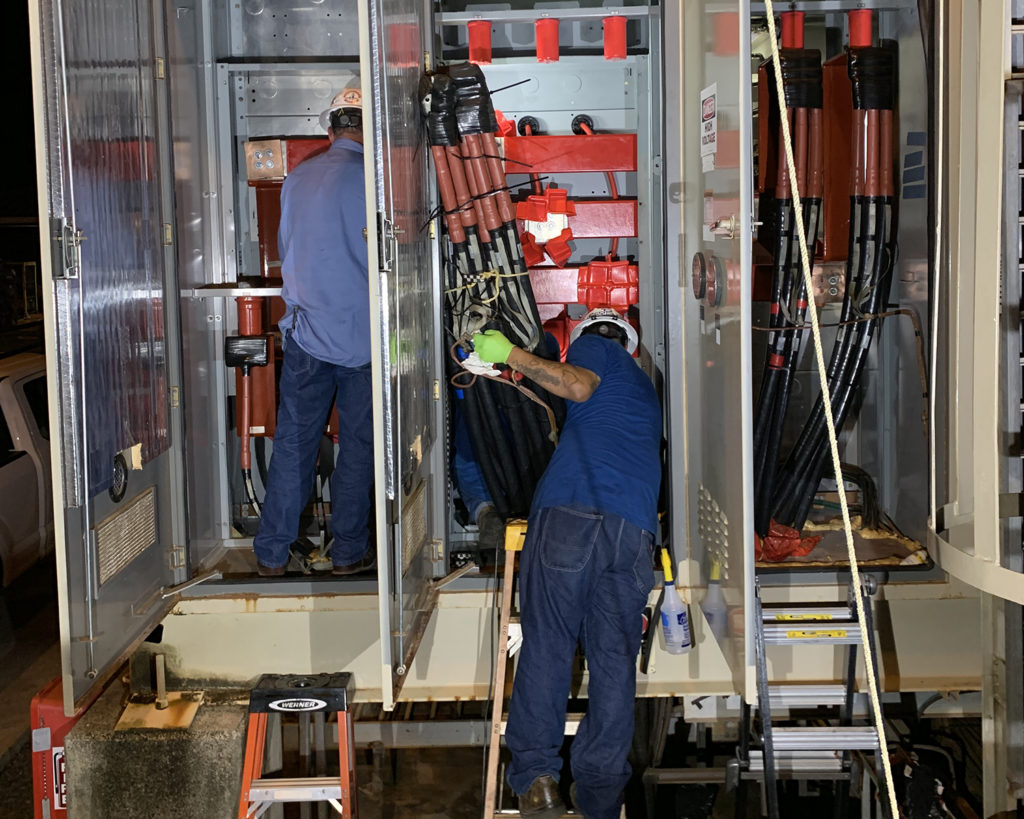
When its largest power plant failed over the summer, Hawaii’s only electric cooperative leaned on its renewable energy resources, distributed generation owned by its members, and voluntary conservation.
A July 21 cable failure at Kapaia Generating Station triggered the island-wide power outage. “It occurred while three units at our Port Allen Generating Station were undergoing scheduled maintenance or were under repair,” said Beth Tokioka, Kaua’i Island Utility Cooperative’s communications manager.
With the help of battery storage, normally used to help meet peak afternoon demand, crews were able to restore service in less than three hours to the co-op’s nearly 37,300 meters. But with limited generation available, rolling blackouts were needed to maintain grid stability.
Overcast skies the following day didn’t help matters. “The lack of sun was a real challenge,” said David Bissell, KIUC’s CEO. “We had virtually no production from our large solar facilities.”
Residential demand was also up in the hours after the outage because co-op members and commercial accountholders who had rooftop solar arrays were getting limited production.
“Most members experienced a 30-minute outage every three to four hours during the rolling blackout phase of the event,” Tokioka said. Members heeded the co-op’s calls for voluntary conservation, which helped eliminate the need for rolling blackouts beyond the first 24 hours after the initial outage.
The co-op’s recommended conservation measures included reduced use of large household appliances like stoves, ovens and laundry equipment during peak hours and temporary increases in thermostat settings to reduce air-conditioning demand.
Once crews located the burned cable, arrangements were made to ship necessary repair parts from the U.S. mainland by air, and co-op operations personnel worked to return one of three units at Port Allen to service.
Improving weather allowed for more electricity production from co-op-owned or contracted solar arrays and the full charging of its battery storage systems. The co-op also received full output from its contracted Green Energy Team biomass plant and its Wainiha hydropower plant, making more power available.
“While we continued to caution members about the possibility of more rolling blackouts, particularly during peak demand periods, those proved not to be necessary,” said Tokioka.
A second Port Allen generation unit was placed back into service two days after the initial outage, and repairs to the Kapaia Generating Station were re-energized a week later, allowing members to resume regular use.
Derrill Holly is a staff writer at NRECA.